#wandjina
Photo

Jack Dale Mengenen (1922-2013) — Wandjinas at Iondra [ochre and pigments on linen, 2008]
826 notes
·
View notes
Text
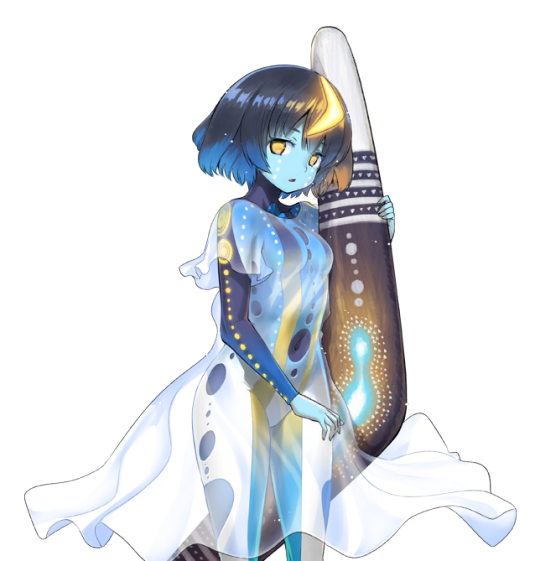
Wandjina, the culprit behind the 2023 summer event. The first Australian character in FGO (though not the first in the whole franchise; Requiem has the Rainbow Serpent).
271 notes
·
View notes
Note
Have you had any news from the Mowanjum people? Are they aware of FGO's representation of Wandjina?
No Mowanjum comment yet, but there was one (1) comment about it from another Kimberley native. No other sign of awareness yet.

68 notes
·
View notes
Text

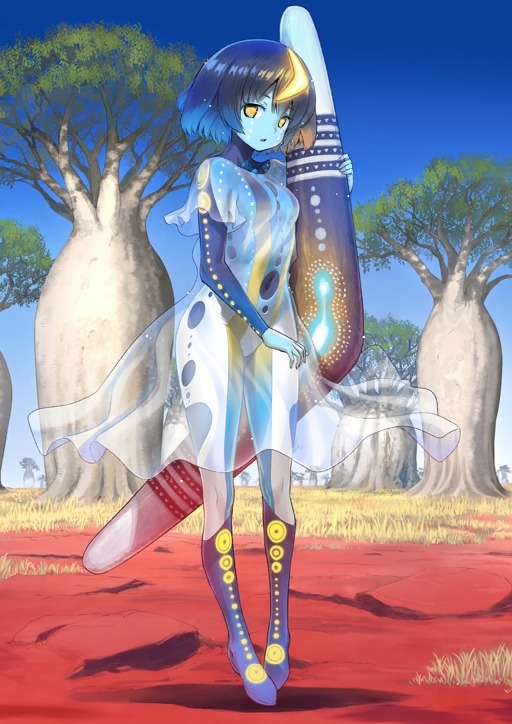

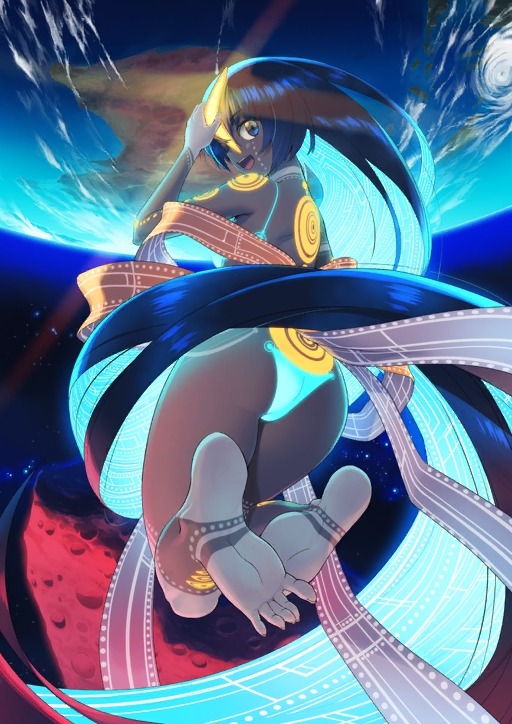
Foreigner class Wandjina for the Wandjina World Tour event in Fate Grand Order.
Illustrator: Keito Koume.
#Wandjina#foreigner#foreigner class#foreigner servant#servant#fate character#character#game character#fate go#fgo#fate grand order#fate series#fate#fate / grand order#game#mobile game#typemoon#type moon#TYPE-MOON#official art#art#illustrator#official illustrator#illustration#official illustration#official artist#Keito Koume#game event#event#Wandjina World Tour
41 notes
·
View notes
Text

Wanted to practice some transparency effect in watercolor.
37 notes
·
View notes
Text

Rick Amor, Wandjina and Dogon Ladder (2020). (Larger).
#art#rick amor#wandjina#dogon#hall#halls#hallway#hallways#interior#interiors#oil#canvas#oil on canvas#2020#2020s
9 notes
·
View notes
Text
BTW for those worried about wandjina just so you guys know she's actually trademarked to protect against unwanted depictions meaning legally you can't depict wandjina without permission so they probably got permission, however if they DIDNT (which lets be real there is a chance of) those affected will be able to pursue legal action if they decide they want to. The best thing to do is probably just raise awareness so if they want to take action they can, but ultimately that's their choice.
21 notes
·
View notes
Text
Separate from any debate over whether they "should" do so or not, I feel like there's no way fgo retracts a finished playable servant given how skinflinty Lasengle can be.
I think the most they'd do if faced with extreme pressure would be to censor the name like they did in the Chinese server ("Wandjina" to "Foreigner 393"). But I haven't really seen signs of that level of pressure.
#fate grand order#fgo#wandjina#vaguely remember something like this happening over Parvati and Delightworks just ignored that
11 notes
·
View notes
Text

Booming Laughter. Like Thunder.
#rkgk#artwork#illustration#art#draw#drawing#traditional illustration#doodle#fgo#fate grand order#fgo tesla#fgo wandjina#fgo nikola tesla#nikola tesla#wandjina#oop giving nikola another kid he can raise
7 notes
·
View notes
Text
I understand the concerns, but gonna wait to see how things play out before forming too much of an opinion on the Wandjina situation. Not really my place to decide how it should be judged, after all.
8 notes
·
View notes
Text
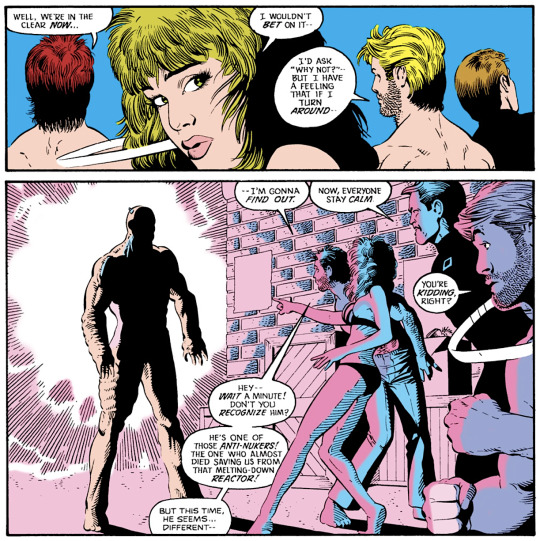
Justice League International #17 (1988) by Kevin Maguire, J.M. DeMatteis & Keith Giffen
#wandjina#green flame#blue beetle#booster gold#batman#michael carter#beatriz da costa#ted kord#bruce wayne#as#maxwell lord#jli#the justice league#justice league international#justice league#kevin maguire#j.m. dematteis#keith giffen#dc#comics#80s#80s comics#dc comics
6 notes
·
View notes
Photo

Jack Dale Mengenen (1922-2013) — Two Wandjinas and Echidna [ochre and pigments on canvas, 2007]
107 notes
·
View notes
Text
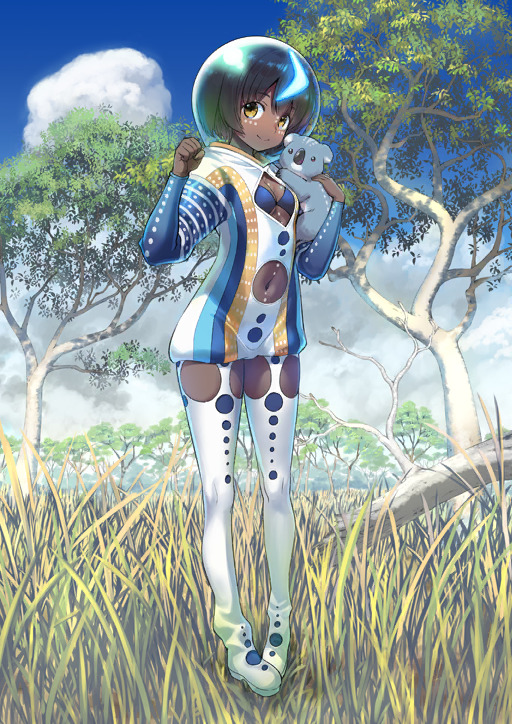

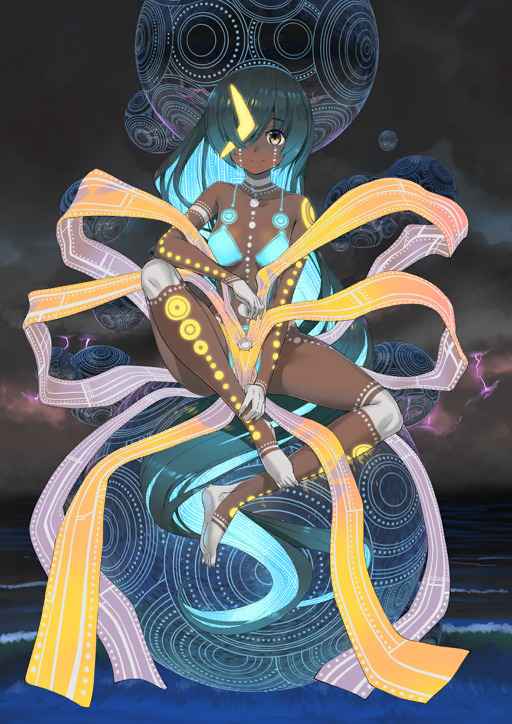
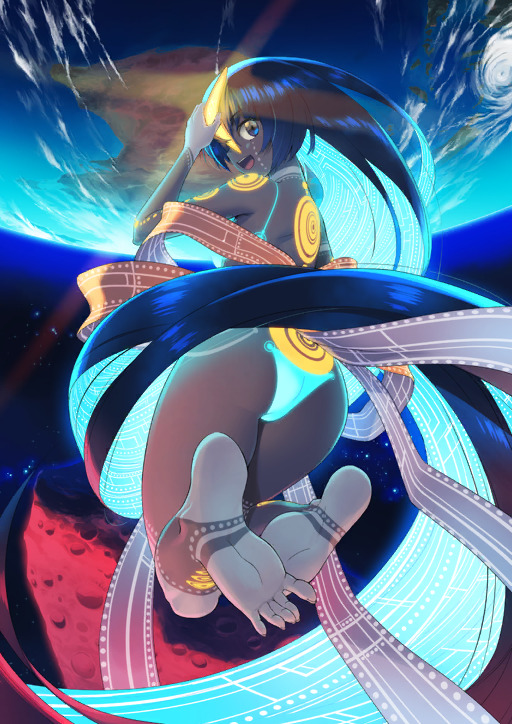
5* Foreigner Wandjina ascensions.
60 notes
·
View notes
Note
Your commentary on information availiability in other languages on the Wandjina post was really eye opening to me. I imagine this is way more of an issue than I, or other internet randoms, really get right now. Just wanted to say thanks for chiming in on it.
Yeah, it's very easy to overlook the impact of the language barrier, especially for English monolinguals since their language is kinda the default language of the internet.
It's a commonly occurring thing, so much so that it became a central theme of this event. The story here certainly has its unfortunate choices of expression, but the spirit of it honestly couldn't be more positive. A lot of problems are caused by AA's and Wandjina's inability to communicate with each other, but instead of framing the consequences of miscommunication as a thing to be condemned, the plot frames it as a necessary middle step for mutual understanding. Something that must be tackled with patience and willingness to engage in good faith.
It's a really adorable and kind-hearted story that earnestly promotes respectful engagement with other cultures and attempts to reconnect with cultures that didn't survive colonization. The one problem with it is that the culture chosen to symbolize that is one that very much did survive colonization and practices an active faith to this day, so the narrative ends up feeling a little

I absolutely can't say that directly living the event's themes these past few days was an experience free of stress, but I ultimately agree with the game's narrative that miscommunications will happen and should not discourage us from trying to know others better. Nasu's failure to verify that the Mowanjum community is still alive is in no way comparable to Vesna Tenodi's claims that her divinely inspired purpose is to teach the Mowanjum how to practice their faith more correctly.
For better or for worse, the story of this summer event became self-demonstrating on a meta level, which makes its content much richer and more relevant to debate. I think I already gave every thought I currently have about it, but I'm very interested to see what direction the topic will take if the community becomes genuinely willing to talk about it instead of throwing stones. Most of all, I really want to say what an informed Mowanjum player has to say about the situation. Hopefully will happen soon rather than in 2 years when NA gets there.
55 notes
·
View notes
Text
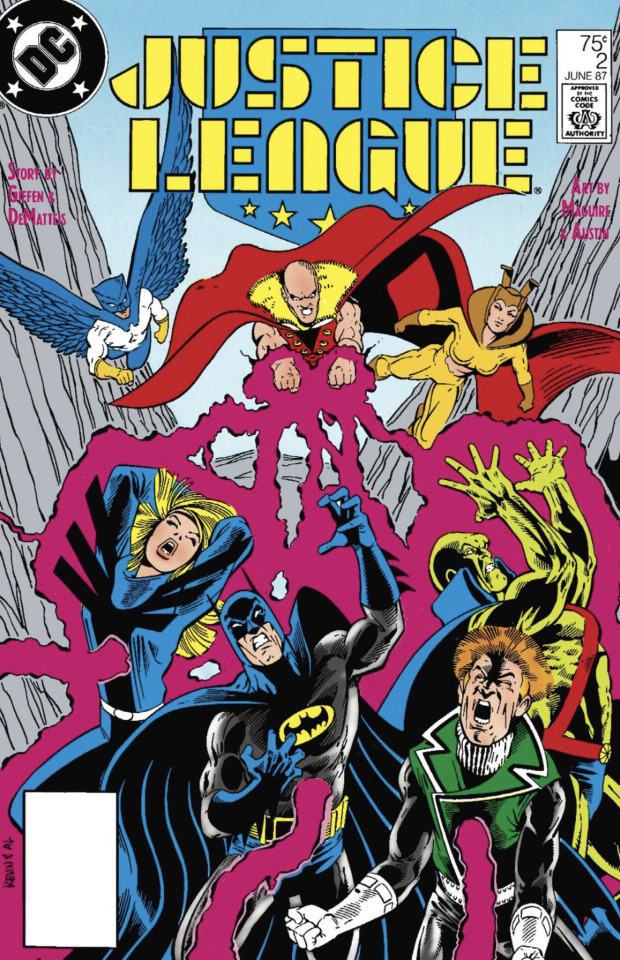
Justice League #2
#justice league#Batman#Bruce Wayne#green lantern#guy gardner#martian manhunter#j’onn j’onzz#black canary#dinah lance#blue jay#jay abrams#silver sorceress#Laura Cynthia Neilsen#wandjina#kevin maguire#dc comics#comics#80s comics
19 notes
·
View notes
Photo



1 Alec Mingelmanganu, Wunambal people, Western Australia (1905–1981) Wandjina (c1980) natural earth pigments and oil paint on canvas 159x139.5cm
2 Jack Karadada, Wunambal people, Western Australia (1918 /1922–2003) Untitled(Wandjina) (c1971) natural earth pigments and binder on eucalyptus bark 145.5x67cm
3 Lily Karadada, Wunambal people, Western Australia (1935 /1939)Wandjina (1991) Kalumburu, Kimberley, Western Australia, natural pigments on canvas 80x60cm
A kimberleyfoundation.org.au
Aboriginal people in northern and central Kimberley continue to identify with Wanjina, a continuous tradition dating to the last 4000 years. As figurations of supernatural power, images of Wanjina are characterised by halo-like headdresses and mouthless faces with large round eyes, set either side of an ovate nose. These ‘Creator Beings’ and the ‘Wunggurr Creator Snake’ are painted in many forms and can be repainted to ensure annual renewal of the seasonal cycle and the associated periods of natural fertility. The actual Wanjina is believed to either reside in the rock where it is painted or to have left its body there. Also called: Regular Infill Period, Polychrome Art Period.
B nga.gov.au
In many parts of the Kimberley in Western Australia, the Wandjina ancestral beings established the laws of social behaviour. The Wandjina are associated with the life-giving properties of water. They bring the monsoonal rains and distribute the spirits of the unborn to their eventual parents. Mingelmanganu was the first artist in the region to continue the tradition on canvas. To convey the scale of the rock paintings, he used the possibilities presented by the size of canvas as opposed to the smaller sheets of eucalyptus bark which artists in the area were used to painting on.
C Kim Akerman nga.gov.au
Unlike most Wanjina images that seem to stare far into the distance, those painted by Alec Mingelmanganu appear to be the audience gazing at the viewer, rather than being the subject of a painting. The close-set eyes lend a disconcerting air of questioning to the image. In turn, the broad hunched shoulders suggest that the Wanjina may not be all that comfortable with the world of humans.
Like most Wanjina painted in rock shelters, Alec’s figures possess a sense of enigmatic magnitude, a massiveness that projects far beyond the edges of the canvas. Mingelmanganu’s Wanjina paintings, executed in ochres on bark, were first exhibited publicly in mid 1975. As well as producing paintings for the (then) very limited market, Alec also engraved Wanjina figures, either singly or in groups, on tablets of stone or wood that had first been covered with a wash of ochre and gum.
In 1979 he was introduced to canvas as a more stable surface on which to paint, and in 1980 he had his first solo exhibition in Perth. Inspired by large non-Aboriginal paintings he had seen in Perth, Alec then embarked on painting a series of large canvases, completing at least four superb works before his death in 1981. The larger size offered him the opportunity to render his images of Wanjina on a scale similar to that found in the rock art of the Kimberley. The monumental strength and character in these works ensures that Alec Mingelmanganu will be recognised as the greatest of the contemporary Wanjina artists of the Kimberley.
#wandjina#wanjina#Indigenousaustralia#australia#kimberley#alec mingelmanganu#Jack Karadada#lily karadada
5 notes
·
View notes